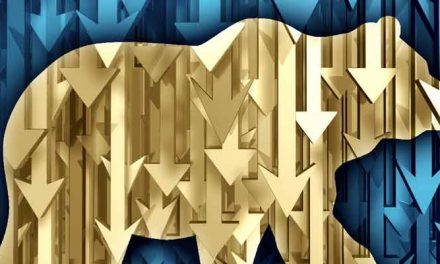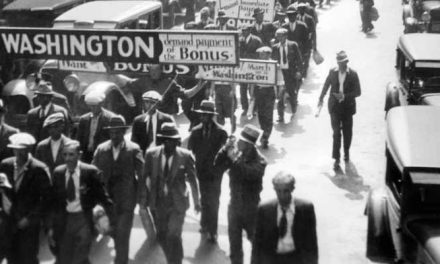Last week, I joined Fox Business News to talk about the economy, the stock market, bitcoin and where things go from here.
As I said on Fox Business, we are in a bear market. And we’ve been in a bear market since the market’s peak in early October.
You can view that interview here:
The S&P 500 Index reached an intraday low of 2,346.58 on December 26. That leaves it 19.93% off its September 20 closing high of 2,930.75.
Not all bear markets are the same. In recent history, they’ve arrived with vastly different origins and sell-offs:
- The 1987 bear market will be remembered for its one-day “Black Monday” drop of 20.5%.
- The bear market “minicrash” of 1997 was tipped off by a financial crisis across the Pacific in Asia.
- 2000’s bear market was a result of the dot-com crash.
- And 2008’s bear market was a once-in-a-century financial superstorm.
It’s likely that 2018’s bear market will be remembered for the drop in FAANG stocks (Facebook, Apple, Amazon, Netflix and Google).
The darlings of the most recent bull market have been taken out to pasture. Over $1 trillion in value was wiped off their market caps in the fourth quarter.
To put things in perspective: That’s about the size of the gross domestic product of Mexico or Spain.
This Is What a Bear Market Feels Like
A typical bull market pattern looks like an escalator. It can be categorized by a slowly ascending market with an absence of volatility.
The bull market of November 2016 to January 2018 was a classic bull market. There wasn’t one 3% pullback during the entire period, setting a new stock market record.
Buy-and-hold strategies were the only game in town. And passive investing in index funds all but lulled investors to sleep.
During bull markets, bad news no longer matters. And things that would often be market negatives are swept under the rug.
The Federal Reserve was busy raising rates in 2017, but no one seemed to care. The first Trump tariffs were instated in March 2018, but the market continued to rally until September.
The bull market papered over all negatives.
A bear market differs not just in direction, but in volatility.
It’s a dirty little secret that the four largest up days on a percentage basis in the Dow Jones Industrial Index were during the Great Depression of the 1930s.
After that, the biggest up days were during the financial crisis and the day after Black Monday.
Bear markets do not look like staircases on the way down. They resemble bungee jumps, where the jumper plunges down and then skyrockets back up, only to have gravity pull them down again.
In early October, the 2018-19 bear market arrived. The stock market started going lower, and now everything mattered.
When the Fed announced that tightening will continue at the same pace next year, stocks tanked.
When China’s economy started to slow, U.S. investors sold stocks.
When Apple warned of a revenue slowdown, it dragged the market lower.
And even though economic growth came in better than expected, the market tumbled.
This is what a bear market feels like. Every piece of news is interpreted negatively. And the media does its part to amplify the message.
This is why bear markets are just as hard on the bears as they are on the bulls. Volatility cuts both ways.
As an investor, the best course of action is to cut position sizes, sell rips and buy dips.
What to Look For
The question now turns to what to look for when the bear market is ending.
Typically, bear markets end when the news is still bad, but the market stops going down. That implies the current news is priced in, and the market is looking beyond to what’s next.
While I’m not sure if we have yet reached that point, intraday rallies when the market rebounds in the face of bad news are more constructive.
Regards,

Ian King
Editor, Crypto Profit Trader




